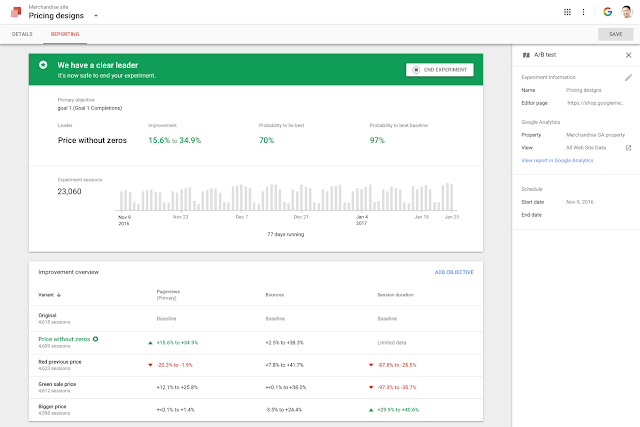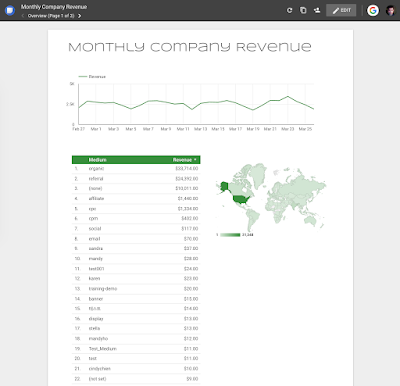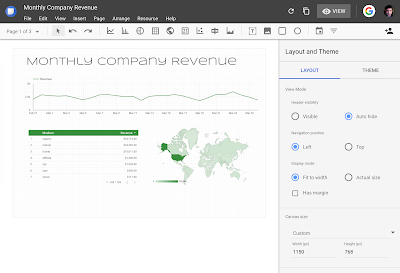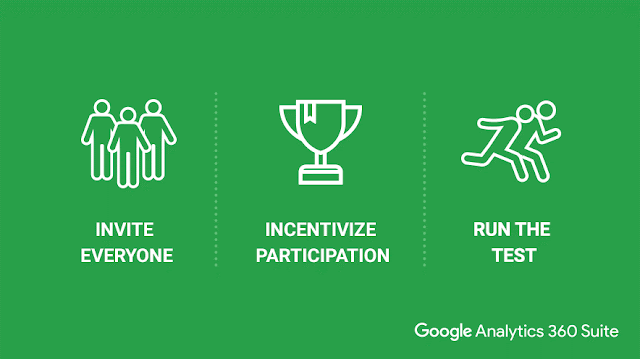Google Tag Manager and Tag Manager 360 make it easier than ever to deploy and manage tags for all of your various marketing and measurement tools at scale. Whether you’re doing a basic tag implementation across a single website or a more extensive implementation across a network of sites and apps, Google Tag Manager has your back.
A Better Way to Manage Google Analytics Tags
Measuring websites and apps effectively often requires multiple Google Analytics tags. You may have a basic Universal Analytics pageview tag to measure views of all your content, as well as event tags for clicks on certain buttons, links leading away from your site, form submissions, and so on.
Keeping the settings for all of these tags in sync can be a challenge. You have to ensure your Tracking ID is set correctly and that any custom settings are consistent. Making changes to things like Custom Dimensions and Metrics across multiple tags can require repetitive work or cumbersome workarounds.
That’s why we’re excited to announce that rolling out this week, Universal Analytics tags in Web and Mobile* containers will support a new feature: Google Analytics Settings Variables.
A Google Analytics Settings Variable acts as a central location to configure sets of Google Analytics settings for use across multiple tags. Instead of having to enter your Google Analytics settings over and over again in each new Universal Analytics tag, you’ll simply be able to select (or create) a Google Analytics Settings Variable to apply to the tag:

With this enhanced workflow, you can focus on what you want to measure, rather than what settings you need to enter. If your organization has an analytics team or works with a Google Analytics Certified Partner, you can leave the settings to the experts without fear that you’ll mess things up.
You can have as many Settings Variables as you’d like for different combinations of settings, and it’s easy to override specific fields in a given tag with the click of a checkbox.
While this feature will appear in all Universal Analytics tags, existing tags will of course continue to work. And, if you so choose, you can continue to set up your tags without use of Google Analytics Settings Variables by checking the override box without selecting a Settings Variable.
We hope that Google Analytics Settings Variables will save you time, reduce errors, and give you more confidence in setting up Google Analytics through Google Tag Manager.
Want to learn more about Centralized Google Analytics Settings? Check out our Quick Tip video or visit our help center!
*Only available in iOS and Android containers implemented with Firebase.
A Better Way to Manage Google Analytics Tags
Measuring websites and apps effectively often requires multiple Google Analytics tags. You may have a basic Universal Analytics pageview tag to measure views of all your content, as well as event tags for clicks on certain buttons, links leading away from your site, form submissions, and so on.
Keeping the settings for all of these tags in sync can be a challenge. You have to ensure your Tracking ID is set correctly and that any custom settings are consistent. Making changes to things like Custom Dimensions and Metrics across multiple tags can require repetitive work or cumbersome workarounds.
That’s why we’re excited to announce that rolling out this week, Universal Analytics tags in Web and Mobile* containers will support a new feature: Google Analytics Settings Variables.
A Google Analytics Settings Variable acts as a central location to configure sets of Google Analytics settings for use across multiple tags. Instead of having to enter your Google Analytics settings over and over again in each new Universal Analytics tag, you’ll simply be able to select (or create) a Google Analytics Settings Variable to apply to the tag:
With this enhanced workflow, you can focus on what you want to measure, rather than what settings you need to enter. If your organization has an analytics team or works with a Google Analytics Certified Partner, you can leave the settings to the experts without fear that you’ll mess things up.
You can have as many Settings Variables as you’d like for different combinations of settings, and it’s easy to override specific fields in a given tag with the click of a checkbox.
While this feature will appear in all Universal Analytics tags, existing tags will of course continue to work. And, if you so choose, you can continue to set up your tags without use of Google Analytics Settings Variables by checking the override box without selecting a Settings Variable.
We hope that Google Analytics Settings Variables will save you time, reduce errors, and give you more confidence in setting up Google Analytics through Google Tag Manager.
Want to learn more about Centralized Google Analytics Settings? Check out our Quick Tip video or visit our help center!
*Only available in iOS and Android containers implemented with Firebase.










